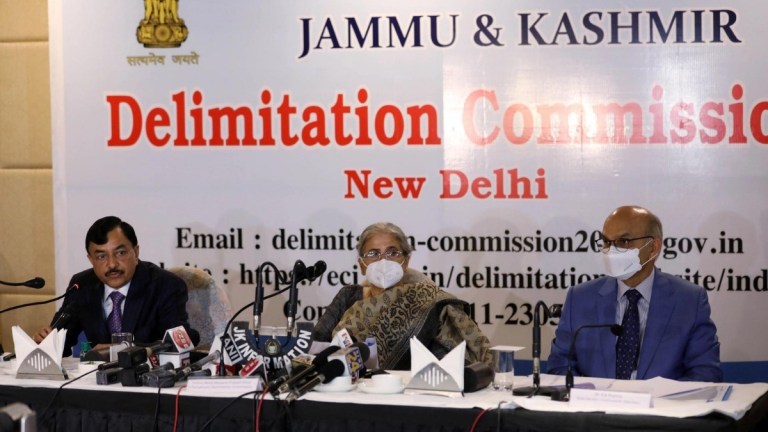Srinagar, Dec 28: Kashmir Valley woke up to a blanket of heavy snow on Saturday morning, with south and central Kashmir bearing the brunt of the unpredicted weather event.
The India Meteorological Department’s (IMD) Srinagar station had forecast light rain and snowfall for the region on December 27 and 28, but the valley experienced over two feet of snow in some areas, catching residents, authorities, and travellers completely off guard.
The failure of weather models to predict this intense spell of snow has raised serious questions about the accuracy and preparedness of the meteorological forecasting system in the region.
Meteorologists and independent weather forecasters acknowledged gaps in prediction models, saying the surprise snowfall was due to the region’s unique and variable weather patterns.
Over 1,300 HMVs Stranded on Srinagar-Jammu National Highway: IGP Traffic
Dr Mukhtar Ahmad, senior scientist at the India Meteorological Department (IMD) said they rely on global models from Europe, the US, Japan and others for forecasting.
“None of the models, whether Indian or global, indicated snowfall of this magnitude,” Dr Mukhtar Ahmad admitted.
He said models indicated some precipitation in the Jammu and Chenab Valley regions, but there was no significant indication of such heavy snowfall in south Kashmir.
“No model suggested heavy snowfall for KMR Div even yesterday. As per f/c,Rain was expected for plains of JMU & light snow over middle & higher reaches of Chenab valley & South KMR & didn’t expected that much moisture flow over South & Central KMR,” Dr. Mukhtar wrote on X.
Meanwhile, this miscalculation has had widespread consequences. Flights were grounded, leaving hundreds of passengers stranded at Srinagar and Delhi airports. Umrah pilgrims were among the most affected, as cancellations disrupted their schedules and burdened travel agents with mounting financial losses.
Faizan Arif, an independent weather forecaster, called for enhanced infrastructure and investment in modern meteorological technology to avoid such forecasting errors in the future.
“Advanced meteorological infrastructure and technology are urgently needed in the region,” said Arif. He said the absence of state-of-the-art equipment limits the ability to accurately predict such extreme weather events.
Arif said this forecasting lapse highlights the need for better weather prediction tools and enhanced preparedness for extreme climatic conditions, especially in a region as vulnerable as Kashmir.
Meanwhile, experts have attributed this weather anomaly to La Niña, which often brings unpredictable weather systems, saying increased moisture flow from the Arabian Sea is a contributing factor.
“This unseasonal snowfall is a blessing for water resources but highlights the urgent need for better preparedness,” Dr Mukhtar said.
Amid Road Closure, Woman Delivers Baby at Home; Infant Dies in Kokernag
With weather forecasts indicating improved weather conditions in the coming days, independent weather forecaster Faizan Arif said this incident serves as a stark reminder of the region’s vulnerability to sudden weather changes. It also underscores the pressing need for robust meteorological advancements for upgrading weather prediction infrastructure in the region, he said.
“This is a wake-up call for the government to invest in advanced technology for accurate forecasting,” Arif said, highlighting the gap between local capabilities and global standards.
















